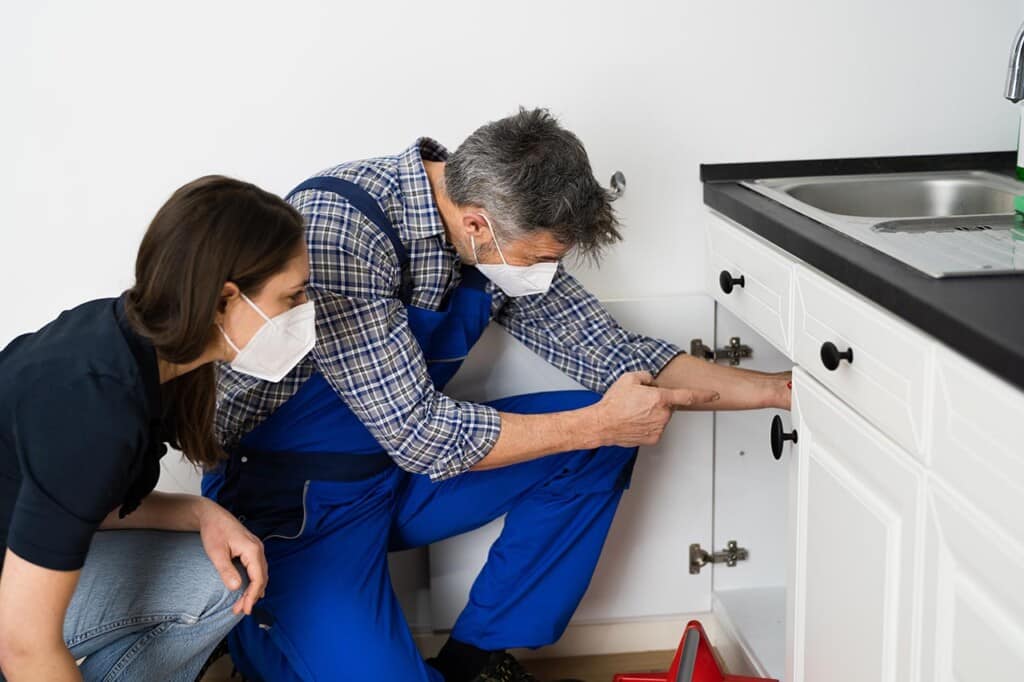TSM Bitesize: A Quick Guide to Tenant Satisfaction Measures
We’ve all seen the recent focus and publicity around tenants’ experience of poor-quality repairs and the negative view of the sector from the media focusing on ‘uncaring landlords.’ Whilst the news coverage makes a compelling argument, the narrative presented is an overly simplified one that reduces what is a complex issue to an ‘Us vs. Them’ situation.
At Mobysoft, we’ve been studying repairs across the sector for the past few years and our analysis tells us that these issues are not in any way attributable to the media label of ‘uncaring landlords’. Landlords do care and do invest extensively in maintaining and repairing existing stock.
Yet too frequently, and as observed by the Ombudsman in recent spotlight reports (such as Damp & Mould), even the highest quality landlords undertake multiple calls to resolve the same issue and take too long to get to the root cause. This is especially concerning given the housing regulator’s recently implemented Tenant Satisfaction Measures (TSM) requiring landlords to, amongst other things, to ensure that they listen to tenants views and act upon them.
Whilst the TSMs are many and varied (and a few of them somewhat vague), we’ve taken a closer look at what we deem five of the most pertinent when it comes to repairs services offered by social landlords and provide insight as to how data-led solutions can help social housing providers satisfy TSMs…

TSM RP02: Repairs completed within target timescale
This measure puts the focus on the timeliness of repairs being actioned as opposed to longevity of fix meaning that problematic repeat repair issues will go unnoticed so long as each fix is carried out within an agreed timescale.
How Predictive-Analytics Can Help:
Solutions such as Mobysoft’s RepairSense not only help identify the most pressing repairs jobs (thus enabling a timely fix), but draws on unstructured data to enable intervention into a problematic repair before it escalates to a complaint, disrepair claim, or becomes a risk to the customer or property.

TP02: Satisfaction with repairs
This particular measure could be considered a skewed metric as again, the focus is on immediacy as opposed to longevity. If a repair has been completed and the tenant is asked immediately whether they are satisfied with the job done, they will likely report positively. However, to gain a true insight on whether the repair is fit for purpose, canvassing the tenant’s opinion on the job at multiple junctures post-repair would be beneficial and would highlight problematic repeat repairs issues more effectively.
How Predictive-Analytics Can Help:
By bringing the repairs issues that cause the most concern for customers to the surface, predictive analytics platforms allow landlords to focus on getting it ‘right first time’. A customer could have a great service with a repair from reporting to behaviour of staff, but if the fix fails and the customer has to re-report the same issue, they are more likely to mark the overall service as being poor.

TP03: Satisfaction with time taken to complete most recent repair
Another measure that is designed with tenants’ best interests at heart but also one that could again obscure the real underlying issues in terms of preventing repeat repairs. This performance metric focuses on speed as opposed to quality and in steadfastly adhering to this KPI, social landlords may well be meeting targets but also exacerbating repair jobs that are completed in a timely manner but not resolving the root cause, thus requiring further visits in future.
How Predictive-Analytics Can Help:
By reducing the number of repeat repairs, identifying avoidable jobs and providing performance data, platforms such as RepairSense enable managers and trade colleague to focus on delivering a real ‘first time fix’. This will then free up appointments in diaries meaning that customers will have their repairs completed quicker and more efficiently.

TP04: Satisfaction that the home is well maintained and safe to live in
The thinking behind this measure is clearly to give a voice to the customer and assure them that their opinions are being heard and actioned upon. However, as with the other Tenant Satisfaction Measures explored here, has the potential to provide an imbalanced view of the issues affecting tenants as feedback could well be different depending upon when the customer is contacted. Issues, particularly those involving repeat repairs, may arise later on will not be picked upon and recorded if surveys are not carried out regularly throughout the duration of the tenancy.
How Predictive-Analytics Can Help:
Repeat repairs can cause risk to properties and the customers living in them. By using data to analyse them, not only can repeat chains and the risk the bring be reduced, but organisations can identify trends in failing in order to prevent them happening in the future. Organisations can also intervene in long chains before they become a risk to property or customer, by using the data provided.

TP05: Satisfaction that the landlord listens to tenant views and acts upon them
Arguably driven by the whitepaper, it is about listening to the customer voice. Again, this measure has the right intentions but could easily fall into the trap of merely becoming a ‘box ticking exercise’ for social landlords.
How Predictive-Analytics Can Help:
Landlords are almost entirely reliant on complaints made by customers to identify failings and repeat repairs issues. Predictive analytics in RepairSense can be used to ensure a repair doesn’t escalate to a complaint, allows learnings to be made early on, and ensures trade colleagues are told before a repair is carried out, that the job has been ongoing. This results in complaints being reduced and processes being reviewed to avoid any future dissatisfaction from tenants.
The most important factor for social landlords in satisfying these measures is that they’re able to evidence that they are addressing a specific issue. By merely ‘ticking boxes’ however, deeper problems may be glossed over and left unaddressed. It’s for this reason that an accurate, thorough reporting system is imperative – get the data insight right and preventing problems before they have opportunity to escalate is simple and results in a better service offered for all.
If you’re interested in learning more about how RepairSense can boost your organisation’s performance in terms of repairs and maintenance then get in touch via our Contact Us page or call 0161 924 2000.
- Repairing Your Repairs: Six Top Tips for Better Repair Service Levels - May 8, 2023
- TSM Bitesize: A Quick Guide to Tenant Satisfaction Measures - April 18, 2023